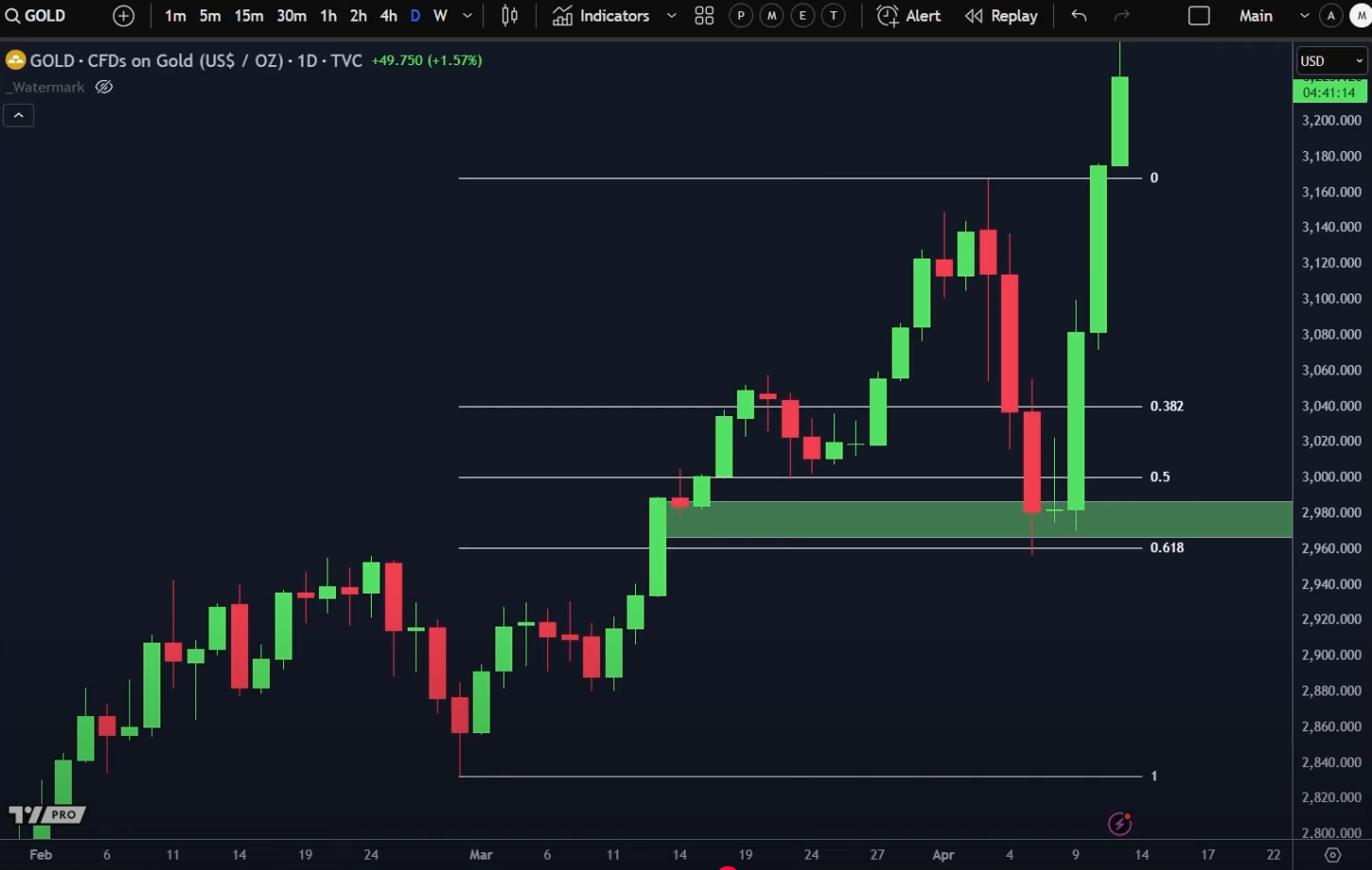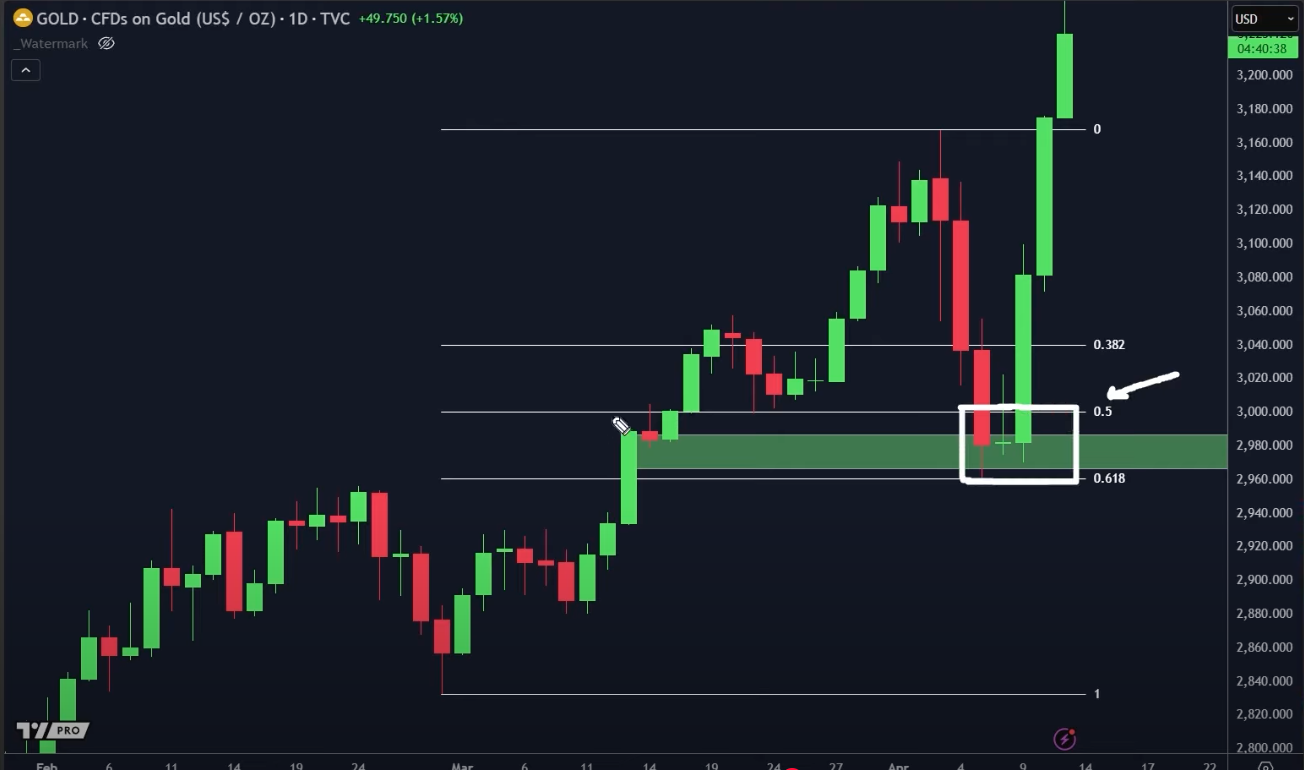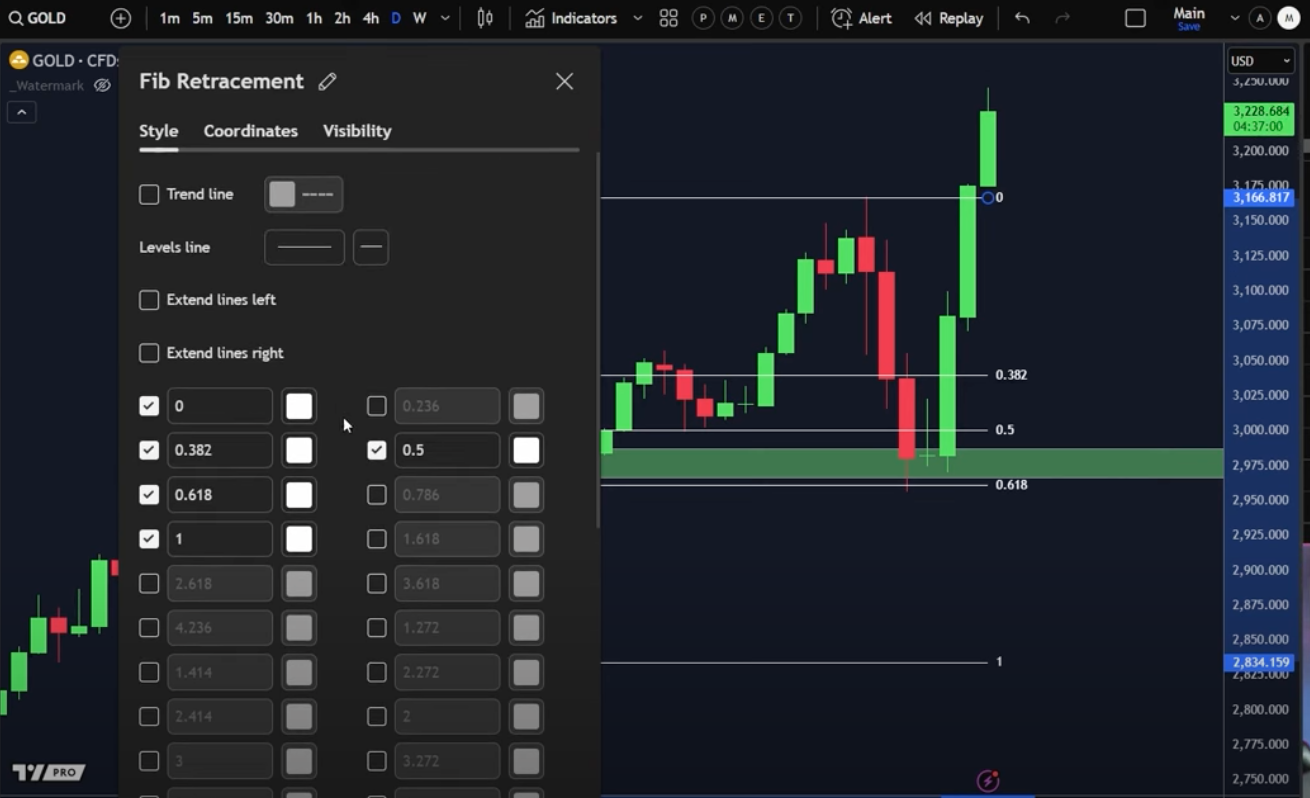The Fibonacci retracement tool is a popular and powerful technique used by traders to identify potential levels where a market might retrace before continuing its dominant trend. Found on most charting platforms, including TradingView, it helps traders anticipate key areas for potential entries. Let's explore how this tool works and how you can use it in your trading.




